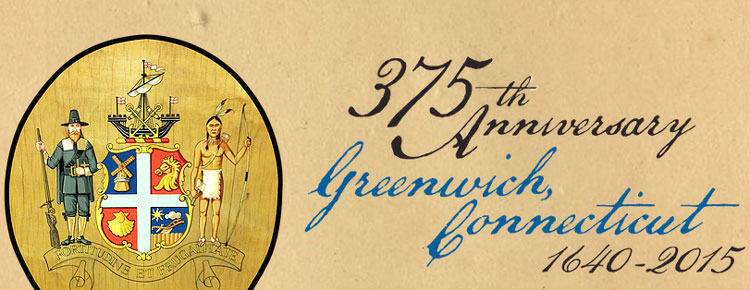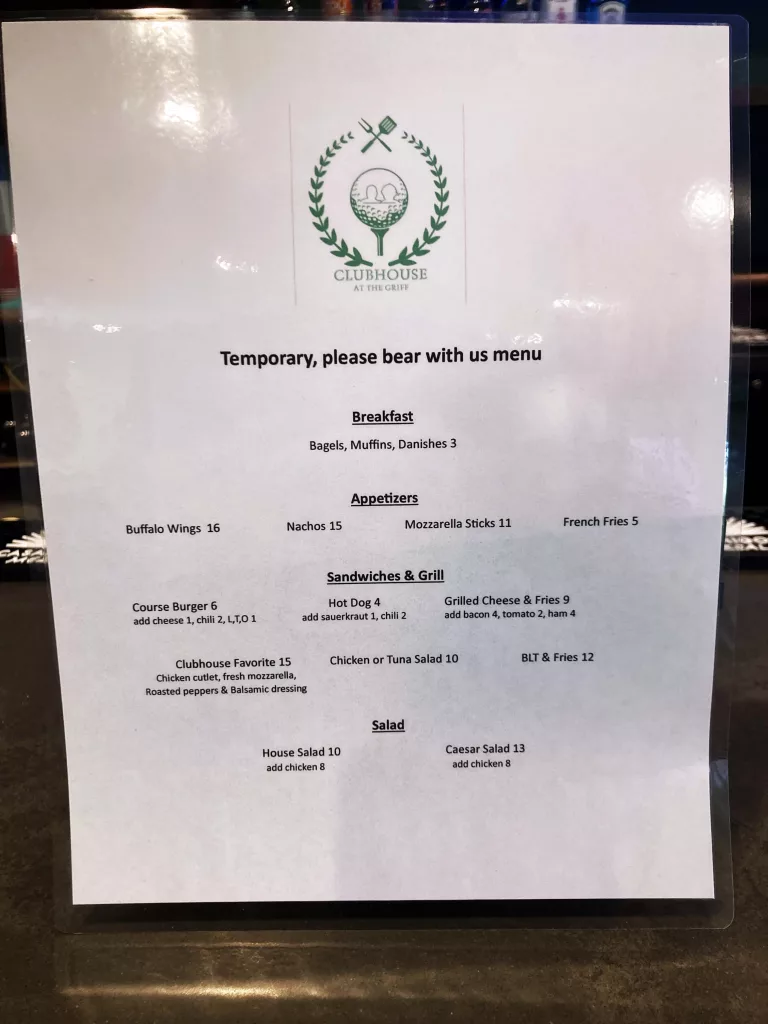
By Anne W. Semmes
Sentinel Correspondent
On Monday, July 18, at 9:30 a.m. at Greenwich Point, the town of Greenwich will celebrate Founders Day 2016 with the dedication of a new 375th anniversary (as of 2015) bronze plaque now mounted on a large boulder at Greenwich Point. Founders Day is held annually to remember the Town’s founding families and their legacies.
The plaque, a year in the making, documents the purchase of today’s Old Greenwich from the Native Americans. It features the deed signed on July 18, 1640 by purchasers Daniel Patrick, Robert Feake and his wife Elizabeth Winthrop Feake. How that deed came to be can be traced in part to the pioneering spirit and land-buying passion of Elizabeth Winthrop Feake, as founding “mother.” Her story of discovery is worth recounting.
Elizabeth Winthrop arrived in America from England in 1631, newly widowed with child. Two years later she married another Englishman, Robert Feake. They settled in the Massachusetts Bay Colony, adding four more children. When their next-door neighbor, Captain Daniel Patrick, was ostracized by the Colony and moved with family to the Stamford area in 1639, the Feakes decided to follow.
Greenwich author Anya Seton, who lived near Greenwich Point, dramatically reimagines, in her diligently researched historical fiction book “The Winthrop Woman” (1958), the Feakes’ sailing south to the area where Patrick has settled south of Stamford. Their sailing boat or shallop “was excessively crowded by five adults, the children, and the household gear the Feakes had managed to stuff in her before the flight.”
They anchored near the Patrick homestead, in sight of what is Greenwich Point—known then by its Indian name, Monakeywago, or shining sands. Elizabeth was immediately smitten by what she sees. “Never before … had Elizabeth seen a real beach … and then the sands had been brown, not of this shining purity. There were canoes drawn up in a tiny cove and several curls of smoke rose above the trees…”
“That night the Feakes laid pine boughs on the ground and slept outside the Patrick cabin on pallets and the feather bed. The cabin was not large enough to accommodate all the newcomers… Elizabeth awoke before the others … tucked up her woolen skirts and leaving the little clearing around the Patrick cabin, followed a trail towards the water of the cove.”
“She pushed south along the cove and came to the isthmus, which connected the mainland with the axe-shaped neck called Monakeywago. It was a narrow bridge of drying pebbles scarce fifty feet across and she ran over it lightly, drawn by the dazzling white sands ahead…The beach lay like a silver crescent tinged with pink by the early sun. Seven miles to the east she saw the dim streak of Long Island.”
“This neck of land that Elizabeth explored that morning was but a mile long, and half as broad… She had never dreamed that it was possible to fall in love with a place, nor quite realized now what caused her exaltation. It was not until she again went back to the white sands and stopped with the breeze blowing through her hair that her trance was penetrated. It came to her as a shock—the yearning for possession. “I want this,” she said aloud to the wind and the water, “for my own.”
Greenwich historian Missy Wolfe continues the story in her inspired book, “Insubordinate Spirit: A True Story of Life and Loss in Earliest America 1610-1665.” “Elizabeth Feake bought all of Greenwich Point, then called ‘Monakeywago,’ with her own money,” writes Wolfe. “Wives rarely bought land independent of their husbands.”
“Daniel Patrick and Robert Feake jointly bought all the land between the ‘Asamuck’ creek, which runs through modern-day Binney Park in Old Greenwich, Connecticut, and the ‘Patoumuck’ creek, which flows to Tomac Cove near the modern Stamford/Greenwich boundary. Their purchase may have run inland for perhaps twenty miles or as commonly directed, ‘as far as an Indian can go in a day.’”
On that summer day of July 18, 1640, the site chosen for the land purchase deed signing is described imaginatively by Anya Seton. Elizabeth had chosen “a huge flat rock which the Siwanoys [local Indians] considered sacred. The rock was used for powwows and councils; its spirit or Manitoo might be annoyed if the white men ignored its power.”
What became the foundation document of Greenwich reads: “We Amogerone, Sachem of Asamuck, and Ramatthorne, Nawhorone, Sachems of Patomuck, have sould unto Robert Feake and Daniel Patricke all their rights and interests in all ye severall lands between Asamuck River and Patomuck, which Patomuck is a littel river which divideth ye bounds between Capt. Turner’s Purchase and this, except ye neck by ye Indians called Manakewago, by us Elizabeth Neck, which neck is ye peticaler perchace of Elizabeth Feaks ye said Robert. Feake his wife, to be hers and her heaires or assigns, forever…”
Witnesses to the deed reading and signing included, as Wolfe writes, “not the whole [Siwanoy] tribe, but only the sachems [leaders] concerned in the sale…”
“And so they signed their marks in squiggles and whorls, the four sachems who were selling, and the others as witnesses, using Robert’s [Feake] quill pen and some excellent ink made from sumac berries.”
The payment to the Indians was then made when Daniel Patrick and Robert Feake “heaved a bundle of scarlet and blue [English] coats onto the rock,” said to be a down payment of 11 out of 25 coats promised.
Elizabeth’s contribution to the payment for her Elizabeth’s Neck came from monies she earned, writes Wolfe, “through her midwifery and apothecary treatments and did so to safeguard her children’s future inheritance.”
The challenges Elizabeth would face over the next 30-odd years of her extraordinary life is well told in the works of Missy Wolfe and Anya Seton.
Today, Elizabeth’s Neck as Greenwich Point, having been purchased by the town in 1944 for $550,000, remains a much loved and enjoyed destination.
The commemoration site on Monday will take place at a site just beyond the northern end of the public beach on a bluff overlooking Long Island Sound. Refreshments will be served at Innis Arden Cottage immediately after the dedication. Attendees are advised to park in the lot near the second concession stand and take the path that runs alongside the concession stand and then bends left out to the bluff along the shore.




